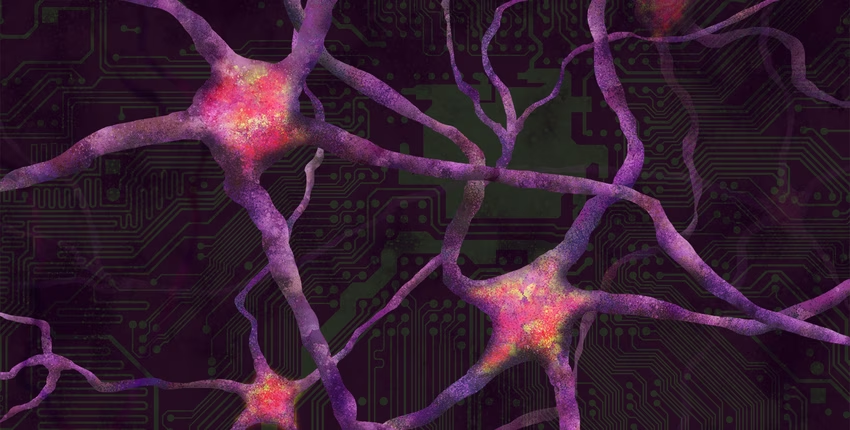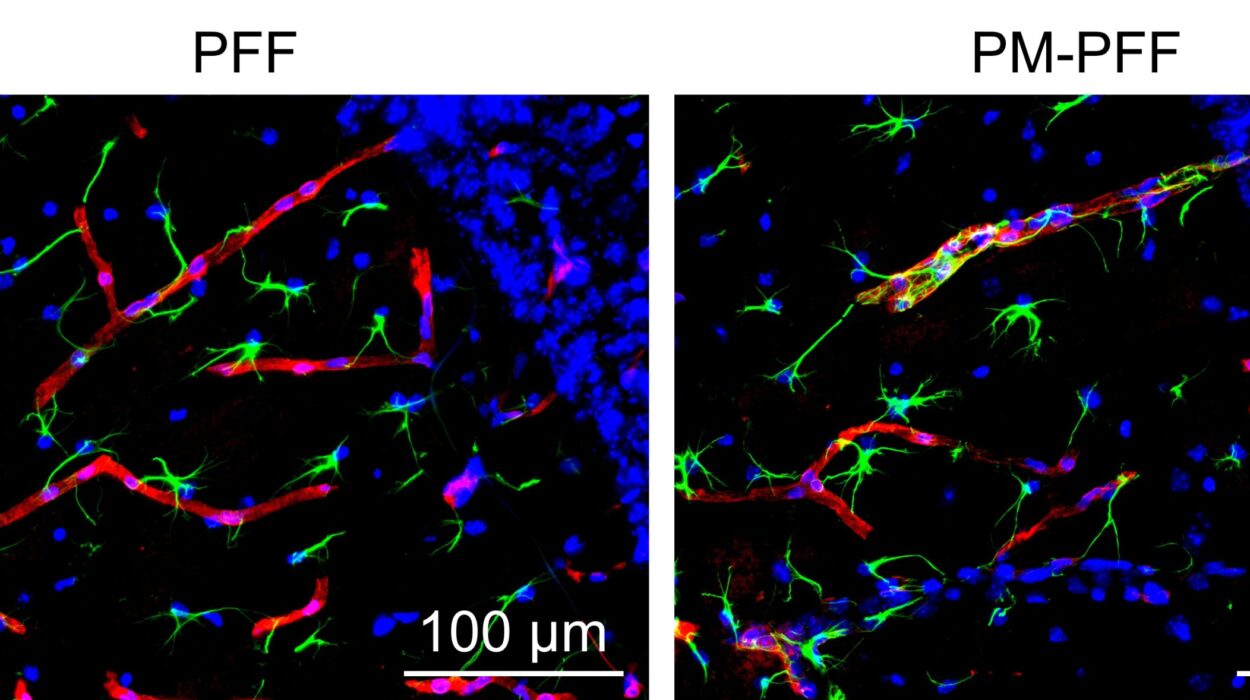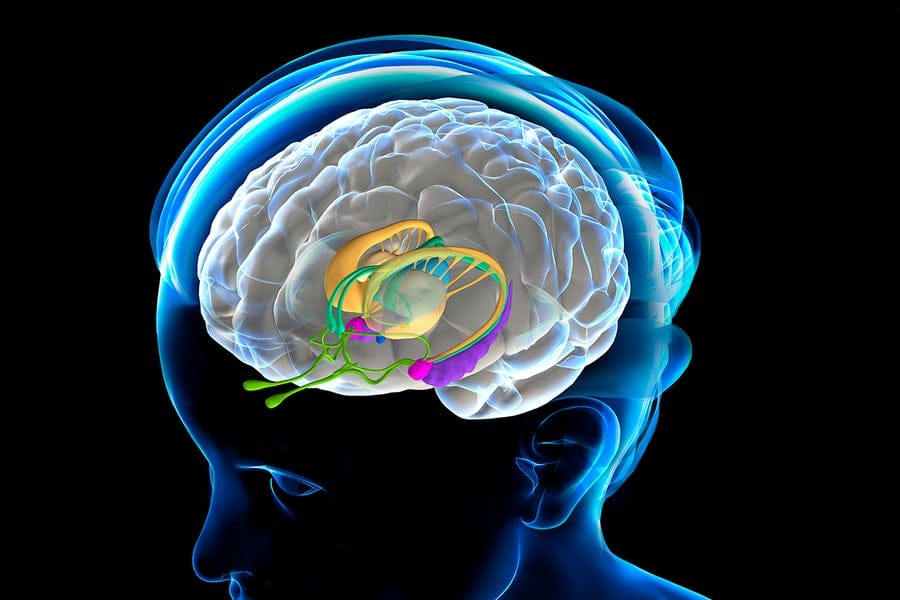Every moment of your life, your brain is learning. Whether you’re reading a book, solving a math problem, recognizing a friend’s face, or simply tying your shoes, your brain is adapting, reshaping, and rewiring itself in response to the world. It is not a passive container of facts—it is a living, evolving system that thrives on experience, thrives on change.
The human brain, weighing just under 1.5 kilograms, is a universe packed into a small, gelatinous mass. Made of roughly 86 billion neurons connected by trillions of synapses, it is the most complex structure known to science. But how does it learn? What does it mean to “know” something? Can we understand the process by which experience becomes memory, and knowledge shapes behavior?
These questions lie at the heart of modern neuroscience. For centuries, philosophers speculated about the mind, but it is only in the past few decades—thanks to advances in brain imaging, molecular biology, and computational modeling—that we’ve begun to unravel how the brain learns.
And what we’ve discovered is nothing short of astonishing.
Learning as a Biological Process
Learning is not some abstract magic. It is deeply biological. At its core, learning is the process by which the brain changes in response to information and experience. When you learn something new, your brain literally rewires itself. Neurons form new connections, strengthen existing pathways, and sometimes prune away old, unused ones. This adaptability is called neuroplasticity, and it is the reason humans can speak multiple languages, play musical instruments, adapt to injury, and build civilizations.
When a child learns to walk, when an adult masters a new skill, or when a stroke survivor regains the ability to speak—these are all triumphs of neuroplasticity. Learning doesn’t just “happen” in the mind; it leaves a physical trace in the brain. Synapses—the tiny gaps where neurons communicate—change their structure, sensitivity, and even number depending on how they’re used.
This means that learning is not something you do to the brain. Learning is something the brain does to itself.
Memory: The Architecture of Knowledge
To understand how the brain learns, we must also understand memory. After all, learning without memory would be like writing in the sand—washed away with each wave. But memory is not a single thing. It comes in layers and systems, each with its own timeline, function, and neurological basis.
At the most immediate level, we have sensory memory—the raw, fleeting imprint of sights, sounds, and sensations. This lasts for mere seconds. Then comes short-term or working memory, which allows us to hold and manipulate information in the moment—like remembering a phone number long enough to dial it.
But it’s long-term memory that truly anchors learning. Long-term memory is the result of consolidation—the process by which fragile traces become durable patterns in the brain. This happens, in part, through a process called long-term potentiation (LTP), where repeated stimulation strengthens the connections between neurons. “Neurons that fire together, wire together,” as the saying goes.
Different types of long-term memory live in different regions of the brain. Declarative memory (facts and events) involves the hippocampus and temporal lobes, while procedural memory (skills and habits) is more rooted in the basal ganglia and cerebellum. This division explains why someone with amnesia might forget their name but still remember how to play the piano.
Sleep plays a crucial role in consolidation. During deep sleep, the brain replays patterns of neural activity, reinforcing the lessons of the day. That’s why sleep deprivation can impair learning—it interrupts the brain’s ability to store what it has learned.
Emotions: The Hidden Architects of Learning
Learning is not a cold, logical process. It is deeply emotional. Our brains are wired to pay attention to what matters—and emotions are how we judge what matters. If something excites, scares, or surprises you, your brain tags it as important and is more likely to store it.
The amygdala, a small almond-shaped structure deep in the brain, plays a key role in linking emotion with memory. When you experience something emotionally charged—a near accident, a thrilling performance, a powerful insult—the amygdala fires signals that heighten attention and memory formation. This is why emotionally significant events are often remembered in vivid detail, even years later.
But emotion doesn’t just enhance memory; it shapes how we learn. Anxiety, for instance, can impair working memory by overloading the brain’s limited attention system. Chronic stress can damage the hippocampus, reducing the ability to form new memories. On the other hand, positive emotions like curiosity, enthusiasm, and a sense of safety can create an ideal mental state for learning.
This is why great teachers do more than transmit facts—they create environments where students feel safe, engaged, and emotionally connected to the material. When learning is joyful, the brain soaks it in. When learning is fearful, it shuts down.
The Brain’s Learning Network: A Symphony of Systems
There is no single “learning center” in the brain. Instead, learning emerges from the interaction of multiple systems working in concert. Think of it not as a solo performance but as a symphony—an orchestra of specialized brain areas each contributing its part.
The prefrontal cortex, located just behind your forehead, is the conductor of this orchestra. It manages attention, decision-making, and the manipulation of information—functions known as executive control. It helps you plan, focus, resist distractions, and switch tasks. Without the prefrontal cortex, learning would be chaotic and uncoordinated.
The hippocampus, buried deep in the temporal lobe, acts like a librarian, organizing and cataloging experiences so they can be stored as long-term memories. It helps us navigate time and space and is particularly important in learning relationships between events.
The basal ganglia help automate behavior. They take slow, deliberate learning—like learning to drive—and turn it into fast, unconscious skill. Once a behavior becomes habitual, it shifts from the prefrontal cortex to the basal ganglia, freeing up mental resources for new learning.
The cerebellum, traditionally associated with motor control, is also involved in learning sequences, timing, and prediction. It’s the brain’s internal metronome, helping coordinate complex patterns—like playing a musical piece or speaking fluently.
And then there’s the default mode network, a collection of brain regions that activates when we are daydreaming, imagining, or reflecting. Far from being idle, this system helps us integrate new learning with old experiences, build mental models, and make meaning of what we’ve learned.
Learning and Development: How the Brain Grows
The brain is not static—it changes over time. From infancy to old age, the way we learn evolves dramatically. In early childhood, the brain is a whirlwind of activity. Synaptic connections explode in number, reaching their peak around age two or three. Then begins a process of pruning, where unused connections are eliminated and frequently used ones are strengthened.
This early period of “plastic exuberance” is why young children learn languages and motor skills so easily. They are neurologically primed for it. Critical periods—windows of heightened sensitivity—govern when certain types of learning are most effective.
Adolescence brings a second wave of brain development. The limbic system, which governs emotions and reward, matures before the prefrontal cortex, which manages judgment and impulse control. This mismatch explains why teenagers often seem driven by feelings rather than reason. But it also means that adolescence is a time of intense learning and identity formation.
In adulthood, the brain retains plasticity but becomes more specialized. Learning can still occur, but it may require more deliberate effort. Aging brings both challenges and opportunities. While some cognitive abilities decline, others—like vocabulary, emotional regulation, and wisdom—can improve with age.
Importantly, lifelong learning keeps the brain healthy. Mental activity stimulates neurogenesis—the birth of new neurons—in certain brain regions. Older adults who stay mentally engaged often show slower cognitive decline. The brain is like a muscle: the more you use it, the stronger it stays.
Mistakes, Feedback, and the Power of Practice
Learning is not a straight line. It is a spiral of trial, error, and refinement. Mistakes are not signs of failure—they are essential ingredients of success. When you make an error, your brain responds with a signal known as an error-related negativity (ERN), detectable in EEG readings. This signal helps you adjust, correct, and adapt your behavior.
The brain loves feedback. Dopamine, a neurotransmitter associated with reward and motivation, surges when we get something right—but it also plays a role when we’re slightly off. This prediction error—when reality doesn’t match expectation—alerts the brain that it’s time to learn.
Practice strengthens learning by reinforcing neural pathways. Repetition creates fluency, but only if it’s thoughtful repetition. Mindless drilling can lead to boredom and shallow understanding, while deliberate practice—focused, effortful, and guided by feedback—leads to mastery.
Spacing learning over time, rather than cramming, takes advantage of the brain’s consolidation process. So does mixing up different types of problems or subjects, which forces the brain to make deeper connections.
These principles have transformed education and training. They remind us that learning is not about innate talent, but about creating the right conditions for the brain to grow.
Learning Differences: When the Brain Takes a Different Path
Not all brains learn in the same way. Some people face unique challenges—and strengths—when it comes to learning. Dyslexia, for example, is not a sign of low intelligence but a difference in how the brain processes written language. Neuroimaging shows that people with dyslexia use different brain regions when reading.
Attention Deficit Hyperactivity Disorder (ADHD) involves differences in the brain’s attention and reward systems, often centered in the prefrontal cortex and basal ganglia. People with ADHD may struggle with sustained focus but can also show remarkable creativity and hyper-focus on tasks they enjoy.
Autism spectrum conditions involve differences in sensory processing, social learning, and pattern recognition. While these differences can create barriers in traditional educational settings, they also come with unique strengths in memory, attention to detail, and system-level thinking.
Recognizing and supporting learning diversity is not just compassionate—it’s scientifically sound. Education that adapts to different brains is more effective, inclusive, and empowering for everyone.
Technology and the Learning Brain
The digital age has transformed the landscape of learning. We carry more information in our pockets than any previous generation had in libraries. But how does constant exposure to screens, notifications, and online media affect the brain?
Studies suggest that multitasking impairs deep learning. The brain cannot truly focus on more than one complex task at a time. Shifting attention repeatedly reduces memory consolidation and increases mental fatigue.
However, technology also offers powerful tools for learning. Adaptive learning platforms use algorithms to tailor content to individual learners. Virtual and augmented reality can create immersive experiences that engage multiple senses and improve retention. Brain-computer interfaces are beginning to offer ways for people with disabilities to learn and communicate in entirely new ways.
The key lies in balance. Technology should serve the brain—not distract it. When used wisely, it can amplify our capacity to learn. When abused, it can fragment attention and dull our curiosity.
The Future of Learning: A New Frontier
As neuroscience continues to illuminate how the brain learns, the implications are vast. Education is being reshaped by these insights, shifting from one-size-fits-all instruction to personalized, brain-aware learning environments. Businesses are rethinking training. Therapists are using neurofeedback to help patients reshape harmful thought patterns.
Artificial intelligence is being modeled on the brain’s learning systems. Deep learning algorithms mimic the way neurons adjust connections through experience. Yet, even the most advanced AI still lags far behind the flexibility, efficiency, and emotional depth of the human brain.
What lies ahead? Brain-enhancing technologies, cognitive training, pharmacological boosters, and possibly even neural implants promise to extend learning beyond natural limits. But these developments raise ethical questions. What does it mean to “improve” the brain? Who gets access? What are the costs?
In the end, the greatest frontier may still be internal—the journey each of us takes as learners.
The Wonder of Learning
Learning is not just about neurons and chemicals. It’s about transformation. Every time you understand something new, your brain changes. Every time you remember, decide, or imagine, your brain reshapes itself to better fit the world.
This is more than biology. It is a miracle of adaptation, of growth, of hope. It means you are never finished. You are always becoming.
The science of how the brain learns is still unfolding, but one thing is certain: your brain is not a container to be filled. It is a fire to be kindled. And in that fire lives everything you are—and everything you can still become.






